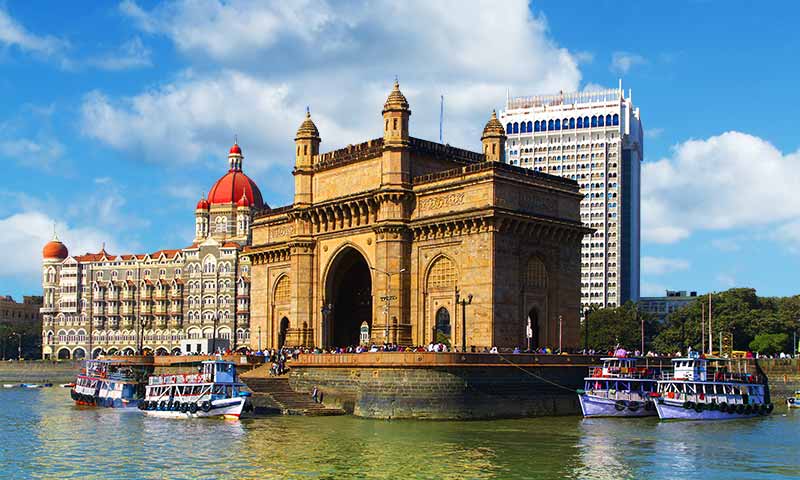Architecture / Architecture / Modern Architecture
European Influence on Indian Architecture
Portuguese Architecture
- Early Portuguese architecture in India is seen in churches, cathedrals and schools.
- These churches were built in the Iberian style, and western India saw the maximum influence of Portuguese colonization.
- Famous Portuguese monuments in India include the Basilica do Bom Jesus, the Cathedral de Santa Catarina, the Church of Saint Francis of Assisi, and more.
- Other structures that remain from the Portuguese colonial rule are the Bandel Church in West Bengal, Madh Fort, Castella de Aguada and St. John’s Baptist Church in Mumbai.
French Architecture in India
- French architecture in India reflects Parisian architectural styles and can be seen in various places in India.
- The French style incorporated local raw materials and considered climatic conditions.
- Some of the noted buildings and monuments bearing French style include the statue of Joan of Arc at Dumas street, Le Café, the Mairie building, the French consulate building, and more.
- French grid patterns, clear sectors, and perpendicular streets comprise the plan of the French towns.
- Monuments of this style can be seen in Puducherry, Bengal, Karaikal, Mahe, etc.
British Architecture
- The Palladian style was introduced by British officers in the 18th century.
- In the 19th century, there grew a movement to combine the best elements from India and Western architecture.
- Examples of this form of architecture include the museum at Jaipur and the Moor Market in Chennai.
- The Victoria Terminus station in Mumbai is an example of Victorian Gothic revival architecture in India, borrowing several elements of Mughal style.
- The Gateway of India was designed by G Wittet, borrowing several elements of Mughal style.

Indo-Saracenic Movement
- The Indo-Saracenic movement emerged at the end of the Victorian era in India.
- The movement drew elements from the indigenous and Indo-Islamic architecture and combined it with the Gothic revival and Neo-classical styles favored in Victorian England.
- Salient features of this form of architectural style include bulbous domes, overhanging eaves (Chhajja), vaulted roofs, Chhatris, minarets, and pavilions.
- Some examples of Indo-Saracenic architecture are the Egmore Railway Station and Chennai Museum with bulbous domes, Rashtrapati Bhavan and Chhatrapathi Shivaji Terminus with overhanging eaves, St.Matthias’ Church with vaulted roofs, Tomb of Humayun with chhatris, and the Senate House in Chennai with minarets.
Post-Independence architecture
- The architecture of this era transcends any specific style and is primarily informed by scientific and modern building techniques that are universally accepted.
- Le Corbusier's development of Chandigarh is a prime example of this experimentation, where the city's well-organized grid system was designed to address the challenges posed by urbanization, such as traffic congestion.
- Laurie Baker's contribution to Kerala's mass housing project is also noteworthy. He utilized locally available materials to construct affordable housing while incorporating traditional practices to ensure environmental conservation.
- Another prominent architect of this time is Charles Correa from Goa, who is known for designing the Sabarmati ashram, Kanchanjunga apartment tower, and planning of Navi Mumbai. He prioritized the use of available resources, energy, and climate as key determinants in shaping the spatial arrangement.

